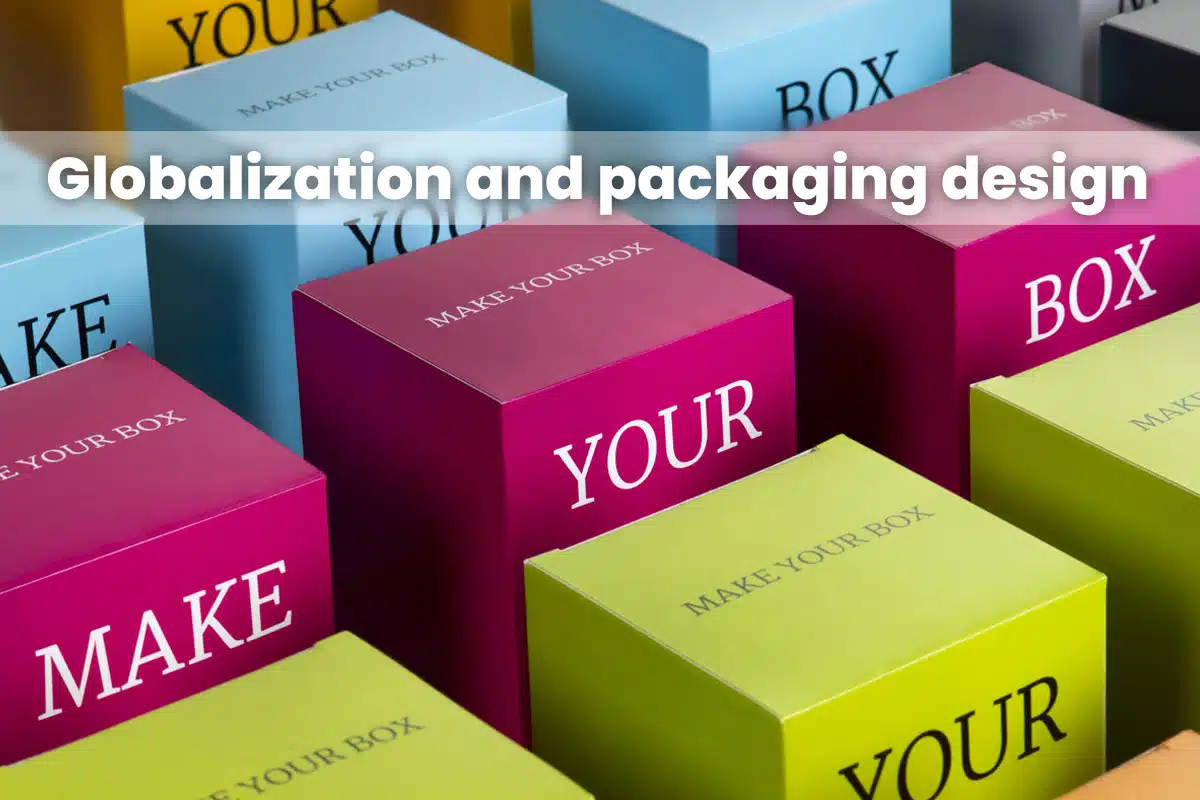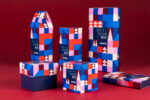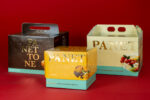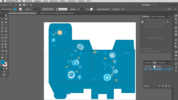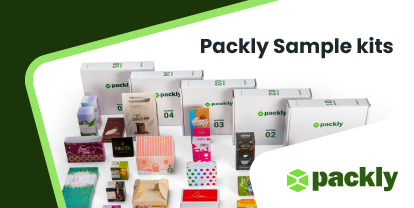In an increasingly interconnected world, design has evolved dramatically. Globalization and packaging design: how have they influenced each other? Let’s throw some ideas out there.
Almost everyone has access to international markets and brands thanks to the web. This applies to inspiration, research, or shopping. Except for a few countries, everything is always accessible to everyone. What does this mean in terms of globalization and packaging design? Here is some food for thought.
Do the absence of national borders on the Internet and free access to global trends imply that there is an international design language working everywhere? Do country-specific design codes still exist, and if so, how are they managed?
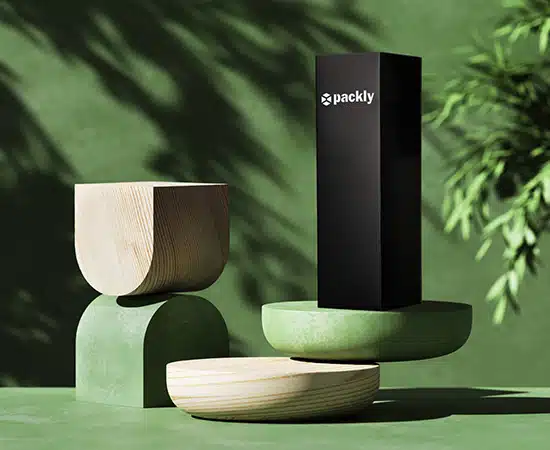
Design as a universal language
Tracking and labeling different cultures and design trends has never been more accessible. As international platforms, Instagram and Pinterest offer easy access to global design trends and developments with a simple tap on the app.
Designers often draw inspiration from worldwide events right from the creative brainstorming phase. Driven by the need to create a relevant and lasting project, they always try to meet the needs of a heterogeneous audience, starting with the creative vision.
Do creatives always use an international design code?
Only sometimes, because there are good reasons why packaging in the United States differs from Italy or Swedish packaging from the East-European one. In other words, what works abroad only sometimes works in-house and vice versa.
People from different cultures have diverse conceptions of functionality and aesthetics. For strictly local products, for example, it is common to see differences in packaging even between Piedmont and Molise, to name some examples. To hit the right target at the national and international levels, you need to be sensitive to regional requirements and check any specific design codes.
Globalization and packaging design: different speeds
To use these design rules at the right time and with the right project, you need to know and respect them: the concept of naturalness, to name one, is visualized very differently in Asia than in Europe. Fruits, for example, must be represented as bright as freshly polished bowling balls in the Far East. However, this graphic treatment is associated with artificiality and hyper-correction in the old continent, thus coming across as forced.
Healthy foods in the United States have become part of everyday life and are often associated with saturated and bold colors. In Europe, delicate colors and material effects are still preferred instead.
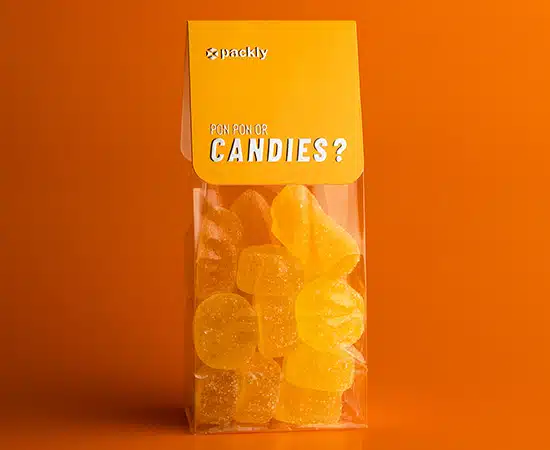
While it is still essential for the Swiss to have a tasty photo of the product on chocolate packaging, a stylized cocoa bean will appear sufficient in England. In Nordic countries, no more photographs of children are displayed on diaper packs. In Southern Europe, however, the trend is still in vogue.
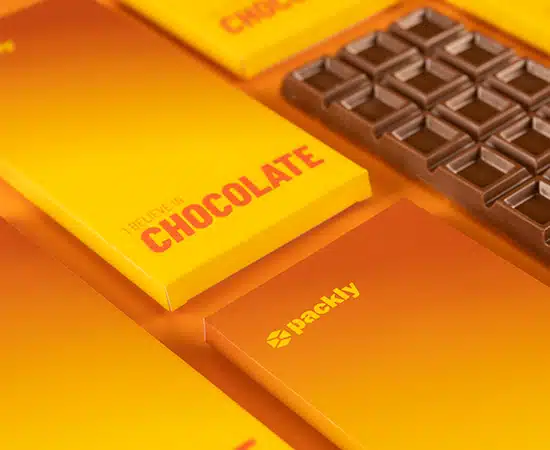
The luxury sector in Europe is still expressed with special processes such as gold foil, silver, and spot varnish paint, while overseas, the focus is on the concept of reduction in full “less is more” style.

Conclusions
In short: do you need to create functional and versatile carton packaging? Start from the models in our library, customizable up to the tenth of a millimeter. Experiment with prototypes or small quantities, and when you have achieved the desired result, test us even on large runs.
